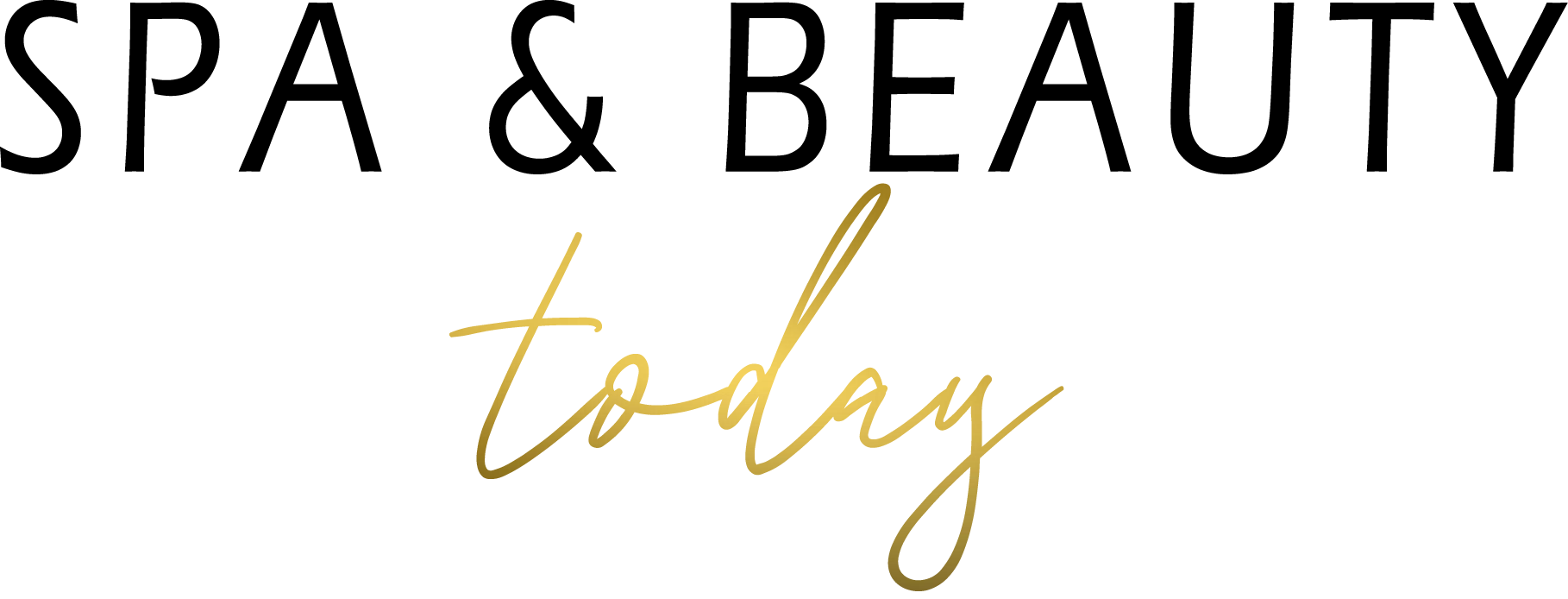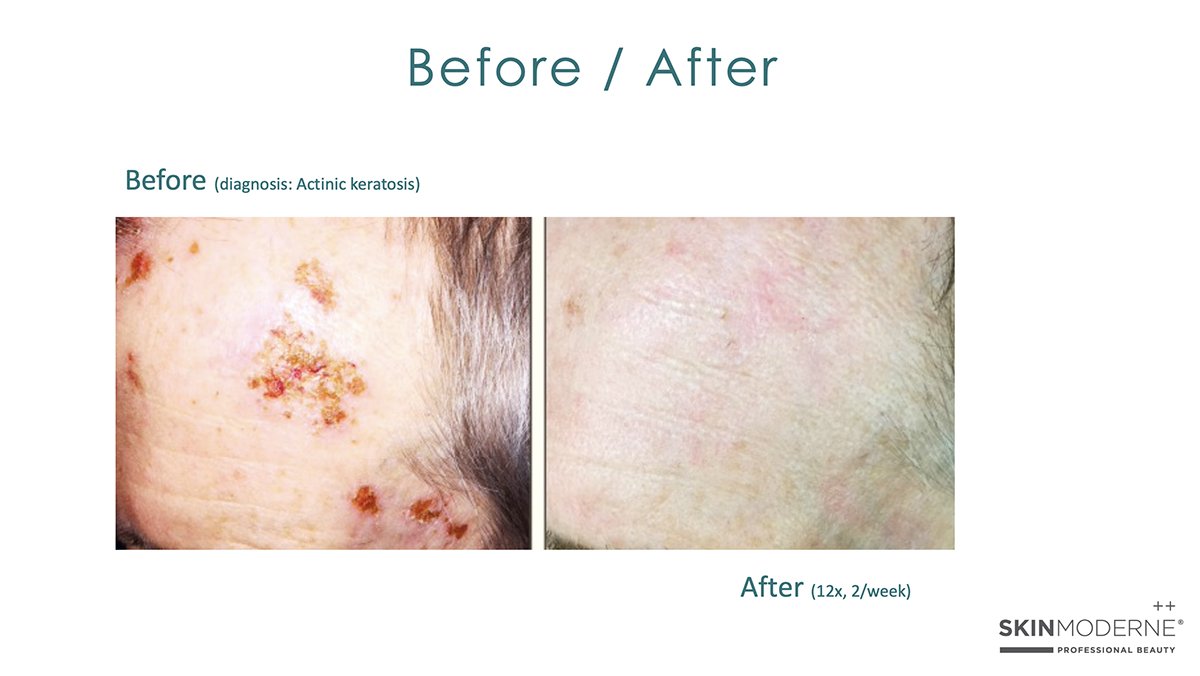Everything You Need to Know About UltraFusion, a Non-Invasive Alternative to Microneedling That Treats a Wide Variety of Skin Conditions
[Photo credit: Huha Inc]
From acne to rosacea, there are a wide variety of skin issues and concerns that many people are dealing with and it can be overwhelming trying to decide between all of the different treatment options including lasers, peels, and microneedling, among others.
Microneedling has grown in popularity over the past few years and while it offers numerous benefits with minimal downtime, it still is considered a minimally invasive procedure due to the tiny needles that are used to create small holes in the top layer of skin. Some people experience light swelling, redness or skin sensitivity, especially within the first 24 to 48 hours of treatment, and microneedling does come with slight risks such as scarring, infection or skin damage.
Celebrity Plastic Surgeon Dr. Gabriel Chu Reveals Beauty and Skincare Secrets
For those that are looking for a less invasive alternative to lasers and microneedling, UltraFusion is a revolutionary ultrasound treatment pen that uses radio waves to regenerate skin without causing any pain or micro-injuries. It offers numerous benefits and can help to treat and improve various skin conditions such as rosacea, scarring, stretch marks, acne, fine lines and wrinkles, and perioral dermatitis.
Utilizing ultrasound technology based on a concept introduced by SKINMODERNE Professional Beauty Inc., UltraFusion skin therapy delivers remarkable results with each application when administered by trained skincare professionals. We spoke with Dr. Frank Roesken of Skin Moderne, who shared more about UltraFusion’s benefits, what to expect during and after a treatment, and more.
UltraFusion is a revolutionary ultrasound device that treats a variety of skin issues without downtime.
What is UltraFusion and what are its benefits?
UltraFusion is a 10Mhz handheld ultrasound system for professional use. The main goal of this painless beautification technology is to stimulate the very superficial cell structures that are involved in regeneration processes to reduce signs of aging as well as different skin disorders without any injury to the skin tissue or downtime.
How does the UltraFusion technology work and what skin issues does it treat?
It is a high-frequency ultrasound technology which creates ultrasound waves in the tissue to improve cell activity—mainly the activity of fibroblasts, which are responsible for collagen, elastin, and hyaluronic acid production. The 10Mhz ultrasound waves are focused in the epidermis and dermis areas where they can stimulate a variety of efficacies. This is the main difference between other ultrasound systems on the market, which normally use 1Mhz soundwaves, which have no effect in these same tissue areas.
UltraFusion is primarily designed for beautification of the skin, but can also modulate different skin disorders like acne, rosacea, and scarring.
How is UltraFusion different from microneedling?
The two treatments are like comparing apples to oranges. Microneedling is a harmful technology which creates micro skin injuries to the skin and then relies on the body’s wound healing abilities to deliver the rejuvenation benefits.
UltraFusion doesn’t need a wound healing activation to stimulate fibroblast activity. It can stimulate fibroblast proliferation with 10Mhz high-frequency ultrasound waves that stimulate activity without harming skin in any way or taxing our biological processes. Repetition of injuring the skin like microneedling does is not sustainable for the skin as it taxes the biological healing processes and eventually wears them out, so they lose the ability to heal.
Is it invasive and is there any downtime?
It is a non-invasive technology without any downtime.
How long is a treatment session? How many treatments are recommended?
There are different programs for UltraFusion, but the average time for just the UltraFusion part of the facial treatment is between 12 to 24 minutes. Cleansing, possibly exfoliating, and doing a post-treatment hydration—normally the full treatment is 45 to 60 minutes.
Is anyone not a candidate for UltraFusion?
Actually not.
How much does a treatment cost?
This depends on the region and if it’s part of a broader facial etc., but the average ranges from $150 to $250.
Where can one get UltraFusion done?
Various luxury day spas, resort spas, and medi-clinics. These venues can be found on Skin Moderne’s website or interested parties can reach out to us.
Any post-treatment care/tips?
After any treatment one should be cautious of sun, but a clean hyaluronic acid-based serum and moisturizer are a good idea and a growth factor serum ongoing to amplify fibroblast proliferation.
Are results long-lasting?
Every person is different, but generally once the treatment plan is complete, results can last a year or beyond. That does not mean that after a year the skin will go back to the condition it was in pre-treatment. It means that aging never stops and a “top-up” treatment every 6 to 12 months can extend results.
For more information about UltraFusion, to inquire about offering it to your clients or to schedule a treatment, visit Skin Moderne’s website. Follow @skinmoderne on Instagram.
[Photos courtesy of Skin Moderne]
Kamala Kirk is a University of Southern California graduate and has been an editor/writer for more than a decade. She has written for E! Online, Total Beauty, TravelAge West, Malibu Times Magazine, and many more. She resides in Los Angeles and is a proud pug mom. Follow her on Instagram: @kamalakirk






